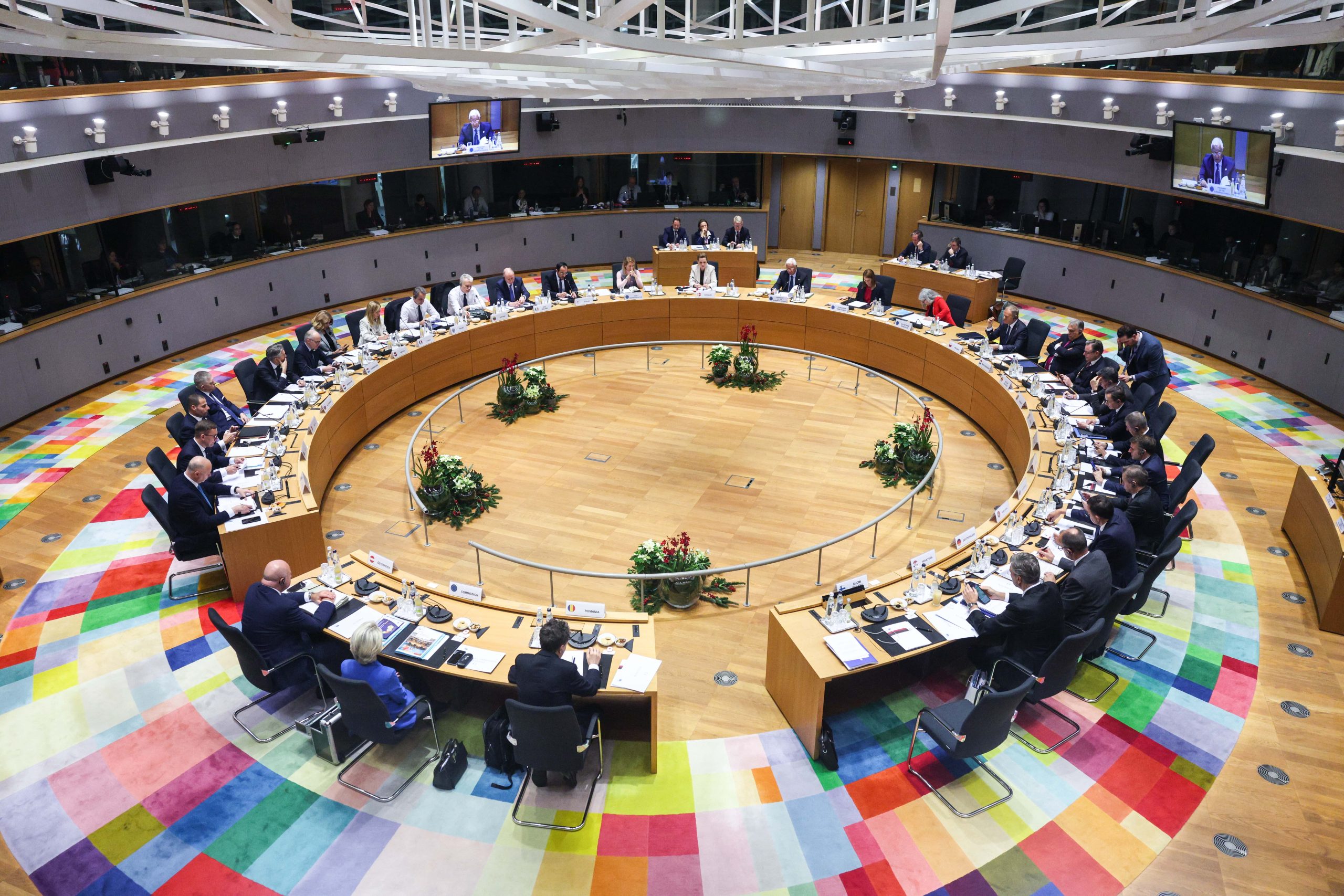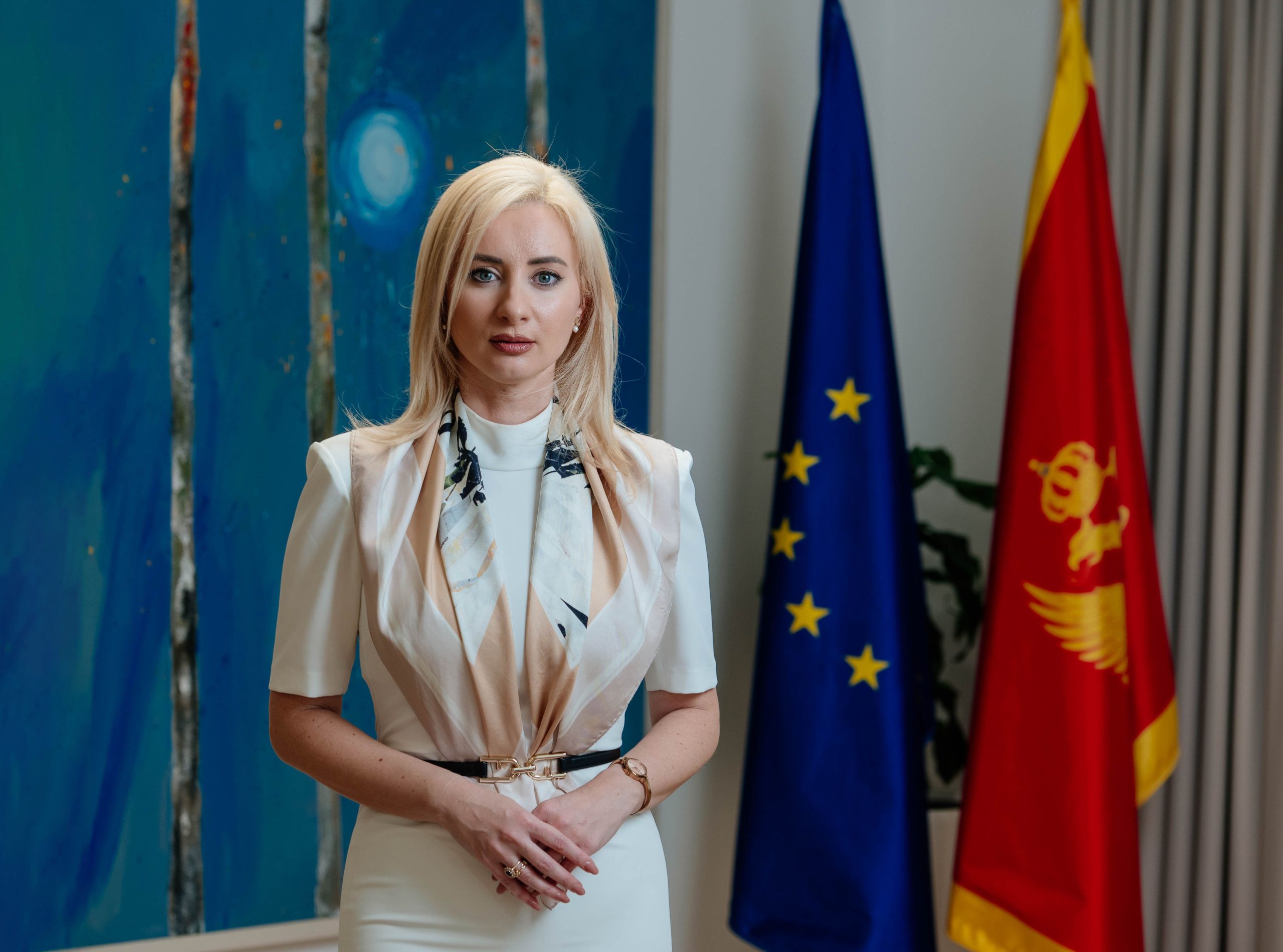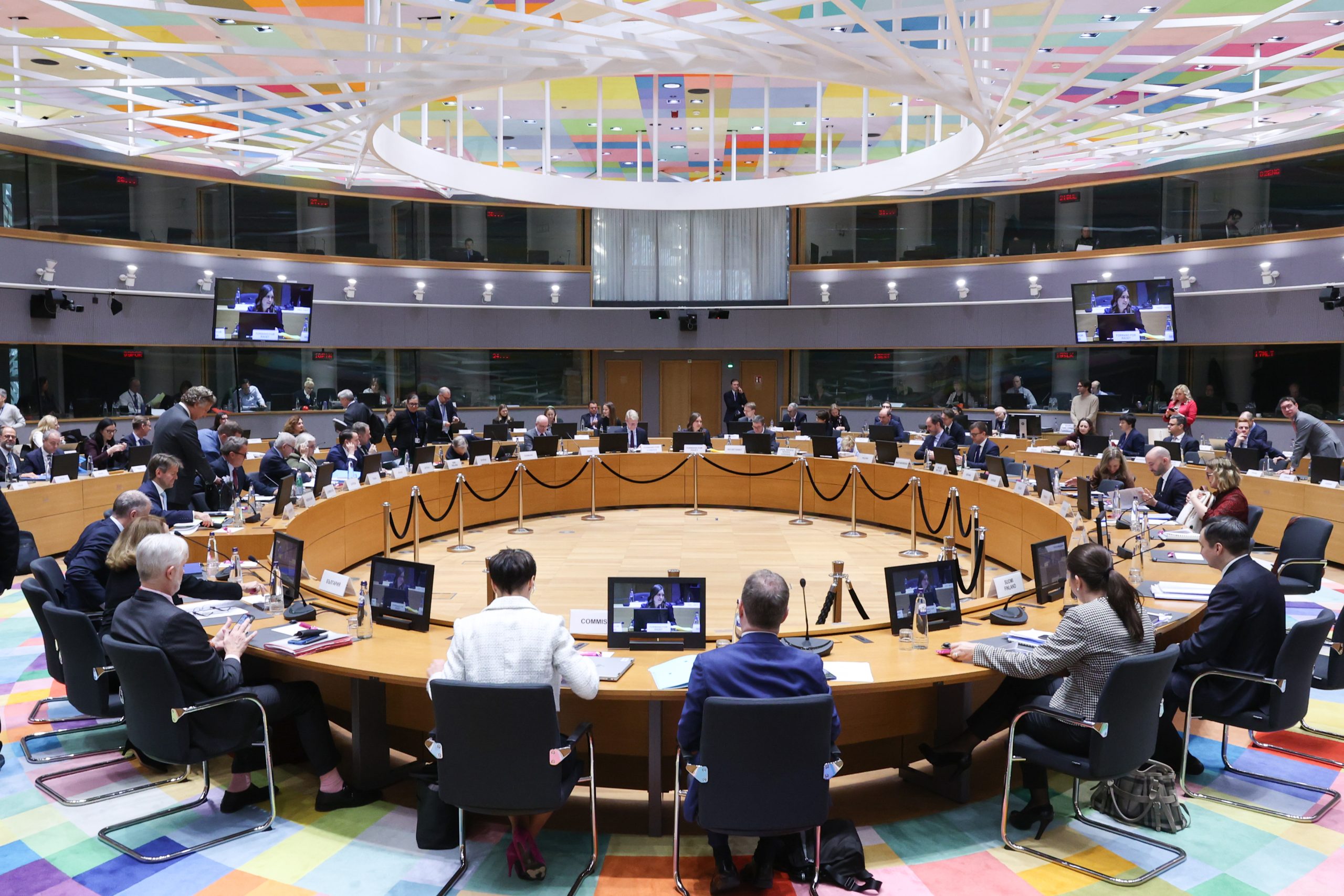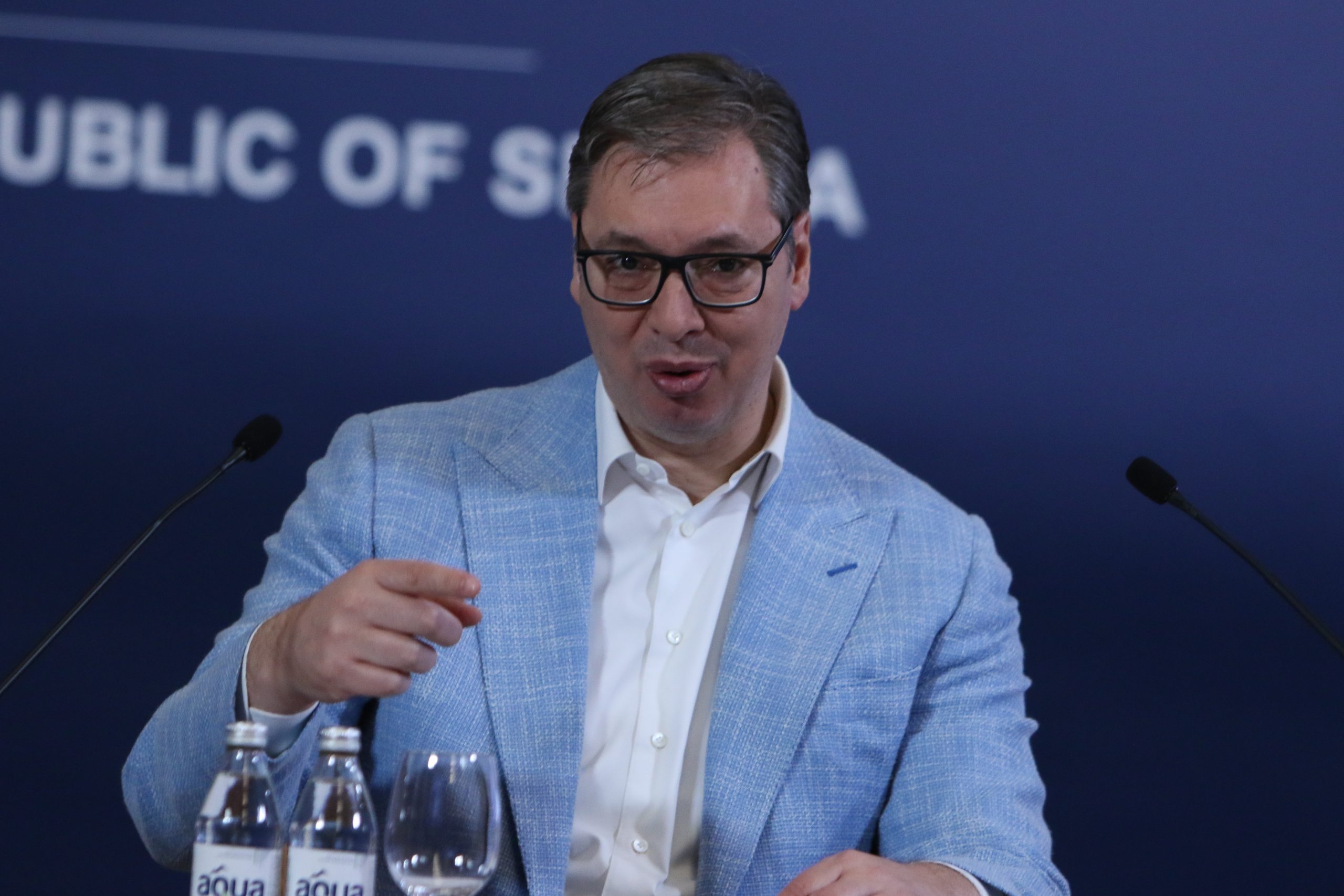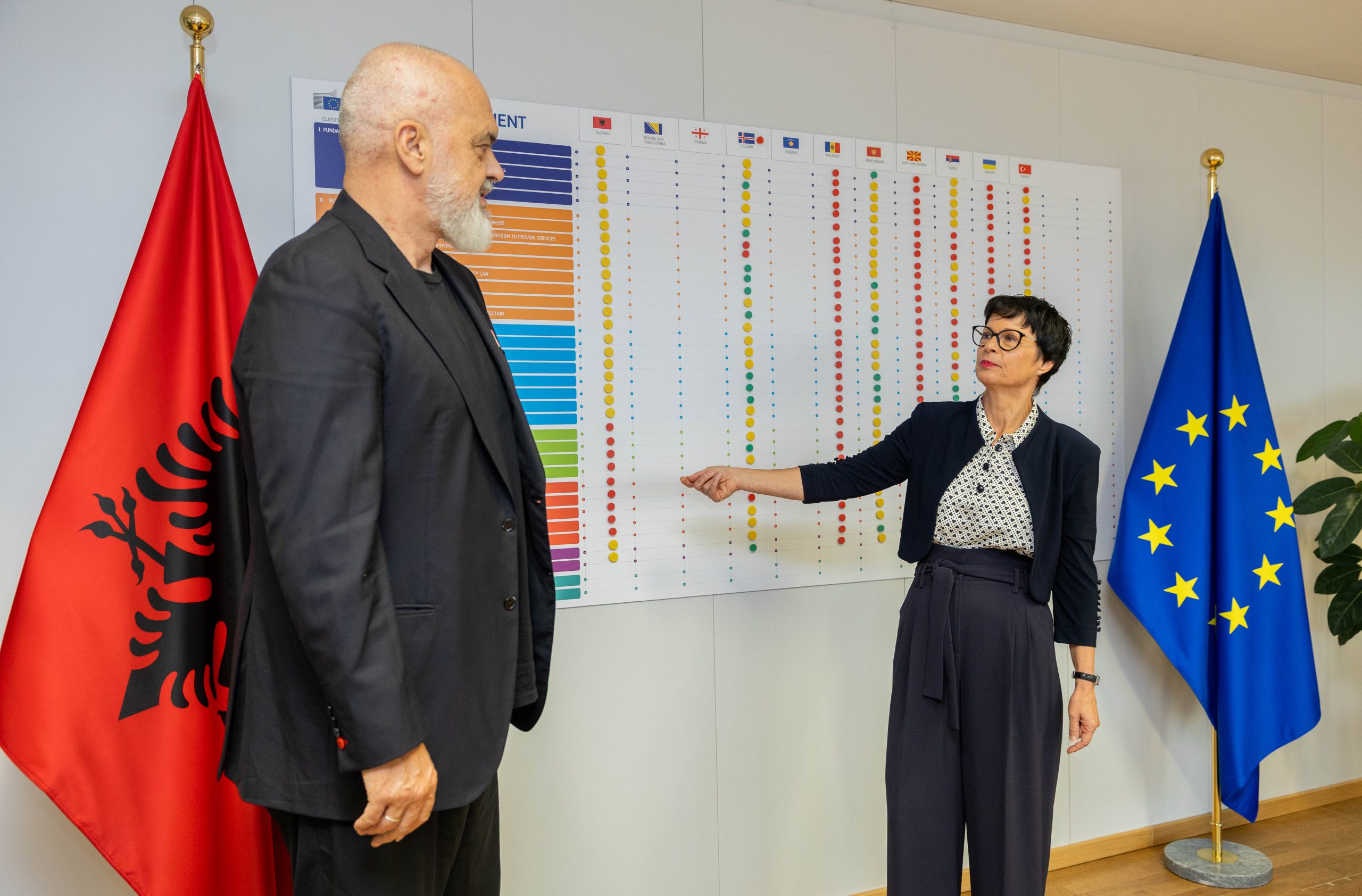Ever since the first elections for the European Parliament took place in 1979, the EU leaders have hoped that the process would make the citizens more active and involved in the issues at the European level, as well as decrease the “deficit of democracy”, of which the Union has been consistently accused throughout the years.
However, with the turnout barely crossing 40% and the domination of national topics during the previous election cycle, it seemed that the EU-architects had been too optimistic. According to the 2018 Eurobarometer survey, only 32% of the EU citizens have a positive image of the Parliament, with neutrality being a prevailing opinion throughout the last decade.
This time around, though, stakes seem to be higher than before. For the first time in a long period, voters going to the polls between 23 and 26 May will have an opportunity to choose between two opposing visions for the Europe’s future. Furthermore, the elections directly impact the membership and the general political direction of the new European Commission. Enlargement policy is thus most likely going to be affected. The only questions are – how and by what degree?
United in diversity?

Since 2014, eight groups of MEPs have sat in the 750-seat European Parliament: the grand coalition of the centre-right European People’s Party (EPP), centre-left Socialists and Democrats (S&D), with the Alliance of Liberals and Democrats (ALDE) also being part of the power-sharing agreement. With a tad more MEPs than ALDE, but significantly less than EPP and S&D, European Conservatives and Reformers (ECR), members of which include United Kingdom’s Conservative Party and Polish Law and Justice, is the biggest opposition group, alongside two more on the right (EFDD and ENF) and two on the left (Greens-EFA, GUE-NGL), all of which have 5 to 7% of the seats. The disruption of the current balance of power is something many are either dreading or hoping for, but what kind of changes can actually be expected?
“The biggest winners [of the elections] are going to be the more extreme groups, the anti-Europeans, the populists, the nationalists, we’ll see big losers among the traditionally pro-European parties, particularly the traditional left, and we will have to see how we will get a broad coalition for the next European Commission, but also for the other top jobs in the European Union”, stated Fabian Zuleeg, Chief Executive of the European Policy Centre, for our portal.
Florian Bieber, professor at the University of Graz and coordinator of Balkans in Europe Policy Advisory Group (BiEPAG), is of the same opinion. “I think what we can expect is a more diverse Parliament with a higher degree of fragmentation, with some of the smaller blocks gaining in strength on the extreme right, on the left, and maybe also among the liberals, which means it will be a more complicated Parliament”, he emphasised.
However, a more complicated Parliament does not necessarily mean a radically different Parliament, and the surveys of the public opinion across the Union do not seem to be hinting at that outcome.
Current projections
While the most recent polls do indicate both the losses for the traditional parties of the centre and the gains for the more extreme side of the spectrum, the difference does not seem to be game-changing. According to the most recent survey conducted by the Konrad Adenauer Foundation, as well as projections of POLITICO and Europe Elects, EPP and S&D will go down from 408 seats they currently hold to around 310 – but the fact that the Parliament itself will decrease the number of seats to 705 after Brexit also has to be taken into account. If the results end up reflecting these predictions, the two biggest European parties will loose nine to ten percent of the MEPs (with the steeper fall for the Socialists and Democrats, largely due to the departure of the UK’s Labour Party) – from around 53% to circa 44% – a significant, but not insurmountable setback.
The liberals, boosted by the European version of French President Macron’s La Republique en Marche – are predicted to fare better this time, going from the current 68 seats to anywhere between 90 and 115. On the other hand, the Greens and United European Left are expected to continue holding around 50 seats each. Finally, with the rise of ENF group (French National Rally, Freedom Party of Austria, Italian League and others) and the fall of ECR following the departure of UK’s Conservative party, the right side of the spectrum will also continue to be represented by between 140 and 160 MEPs – which makes up for a relative gain due to the decrease of total number of seats, but, again, not a major shift in the balance of power.
The diversity highlighted by our interlocutors thus refers mainly to the grouping of the new members of parliament, as well as the lack of an outright majority. The only three groups that are expected to stay intact are EPP, S&D and the Greens. Every other is at the risk of a more or less serious reshuffle – it is, for example, unknown whether ALDE and Macron’s party will form a single group or whether EFDD will survive after the United Kingdom Independence Party leaves its ranks.
Status quid pro quo
When it comes to the issue of coalition-building, it has been clear for months that at least three European parties will be necessary to form the next European Commission (which has to be confirmed by the majority in the Parliament), with the most likely and one of the few mathematically possible outcomes being the continuation of the current “super-grand” coalition between conservatives, social-democrats and liberals. Tena Prelec, Research Associate at LSEE-Research on South Eastern Europe and BiEPAG member, regards this outcome as the most plausible, but also sub-optimal if one takes a look at the bigger picture.
“At the end of the day, there is the likelihood that the status quo will be held in the way that the equilibrium of the EP will ultimately work. Even though the socialists will probably loose votes, and there is a chance that liberals will gain some, we will probably see a grand compromise coming about. And if this comes true, if the status quo is kept, I think it would be a negative development, precisely because it would embolden those calls that are asking for its disruption”, Prelec emphasised.
According to her, the EU has the urgency to heed those calls and to understand where all the protesters that are criticizing the European project are coming from, if it is to reform itself.
The abovementioned equilibrium does not promise any changes in the party membership of the European Commission. The only remaining unknown is the identity of the next President.
“I would guess that the next Commission’s President is going to be EPP, but we shall see how exactly the consultations work out”, predicts Zuleeg. His carefulness seems to be justified. Even though both EPP and S&D have nominated their candidates for the President of the Commission (so called Spitzenkandidaten, a term borrowed from German electoral practice) – Manfred Weber and Frans Timmermans – it is still hard to predict whether either one of them will actually become the successor of Jean-Claude Juncker. The nomination of Spitzenkandidaten is an informal procedure, introduced only in 2014, to make the process of “government formation” at the European level closer to the citizens – and not everybody seems to be on board with it. In fact, ALDE has refused to participate in the process altogether.
The non-existent enthusiasm

Introduction of the Spitzenkandidaten procedure represented a clear sign that something has to be done about the lack of interest among the voters in the European elections. However, the absence of reforms and the rising tide of disillusionment in the EU is apparently still ongoing, and this is why we will not see a higher voter participation in 2019, despite the seemingly higher stakes, Bieber believes.
“European Parliament elections are very much fought along national lines in member states, and the turnout is very much a function of national politics. If we take countries like Slovakia or Slovenia where turnout has been very low, in the twenties, I do not see much difference. People, if anything, have become more disappointed in politics in the last five years”, he reminds.
The highest ever turnout in the EP elections – 62% – was recorded in the first year they took place – 1979. The percentage gradually decreased during the next three and a half decades, reaching the absolute low of 42% in 2014.
“In other countries, there are maybe more battles to be fought, which might increase turnout but with a risk that it is going to be a vote for populists, for example in Italy and France. We see that national battles are often fought in the European elections – the turnout may be higher in some countries, but I wouldn’t interpret it as meaning a high support for EU, rather as some citizens wanting to voice their dissatisfaction with incumbent governments”, concludes Bieber.
Impacts on the enlargement
The most immediate area in which the region of the Western Balkans will feel the impacts of 2019 elections is the composition of the next Commission. Namely, all eyes in each of the six countries will be on the next occupiers of the offices of the High Representative and Commissioner for Enlargement Negotiations. There are even doubts about whether the latter one will carry on working in the current form after.
It is hard to imagine a change in the positions of the EPP and S&D towards the enlargement – support in principle, but with a strong emphasis on carrying out all the necessary reforms and closing every negotiating chapter, which in and of itself implies that the accession will not happen soon. On the other hand, a coalition with liberals, especially Macron and Dutch Prime Minister Rutte, whose opposition to the further enlargement before the internal reforms has become widely known, could introduce some changes to the equation.
Furthermore, which parties are sitting in the Parliament is also an important question, because of the impact this institution has on the general political direction of the Union, which has only become stronger as the years and treaty changes came and went. The situation in this area is, however, everything but black-and-white.
„When it comes to enlargement, it is a different question, because even some Eurosceptic parties are not necessarily against enlargement, for their own reasons. If we take the FPÖ in Austria, which is likely to be stronger [after the elections], it favours enlargement, particularly to Serbia, but it is a strategic commitment made out of its support for populist Serbian nationalist ideas. So, some of those outcomes are less predictable, but I would expect that the Parliament will be a little bit less enthusiastic about the enlargement and the EU in general, and that would have negative repercussions on parliamentary support for the enlargement process”, explains Bieber.
At the present time, it seems that the parties on the nationalistic part of the spectrum, such as FPÖ, but also Hungarian Fidesz (member of the EPP), have a more positive opinion on the enlargement than the traditional parties. That is not a uniform case, illustrated by the position of the Alternative for Germany, which appears to be strongly opposed to accepting new members.
*
Having in mind how complex the situation is, the forthcoming elections will probably prove themselves to be controversial, Zuleeg emphasises. Even though he believes that we are going to see a big change in who’s going to be in the Parliament, he still doubts whether they will have a long-term effect. “In the end, we have a system that will continue to function”, he concludes.


